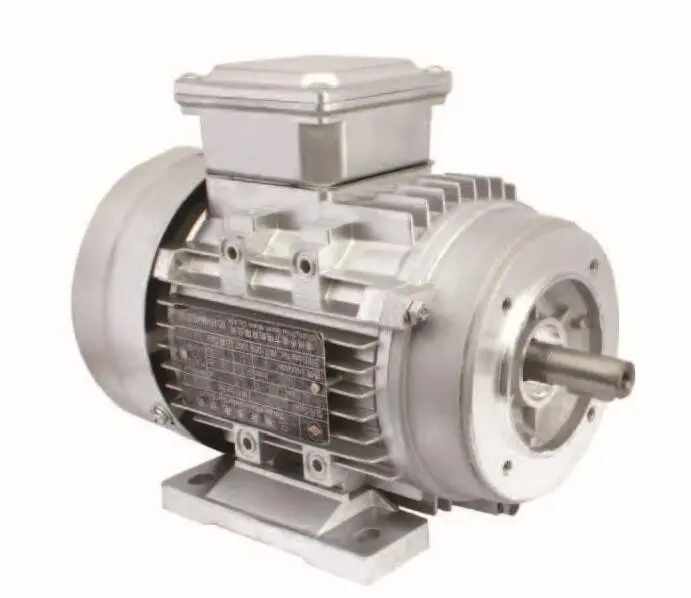Motor overload refers to the state where the actual operating power of the motor exceeds the rated power. When the motor is overloaded, the performance is as follows: the motor heats up seriously, the speed drops, and may even stop; the motor has a muffled sound accompanied by certain vibration; if the load changes sharply, the motor speed will fluctuate .
The causes of motor overload include lack of phase operation, operating voltage exceeds the allowable value of the rated voltage, and the motor’s speed drops or stagnates due to mechanical failure.
The overload operation of the motor will seriously affect the service life of the motor. The direct manifestation of overload is that the current of the motor becomes larger, which leads to serious heating of the motor winding, and the winding insulation is aging and invalid due to excessive heat load.
After the motor is overloaded, it can be judged from the actual state of the winding. The specific performance is that the insulation part of the winding is all black, and the quality is brittle and crisp. In severe cases, the insulation part is all carbonized into powder; With aging, the paint film of enameled wire becomes darker, and in severe cases, it is in a state of complete shedding; while for mica wire and wire-wrapped insulated electromagnetic wire, the insulation layer is separated from the conductor.
he characteristics of overloaded motor windings that are different from phase loss, turn-to-turn, ground-to-ground and phase-to-phase faults are the aging of the winding as a whole, rather than local quality problems. Due to the overload of the motor, the heating problem of the bearing system will also be derived. A motor with an overload fault will emit a severe burnt smell in the surrounding environment, and when it is severe, it will be accompanied by thick black smoke.
Whether it is an inspection test or a factory test, some misoperations during the test process will cause the motor to overload and fail.
During the inspection and test, the links that are prone to this problem are the stall test of the motor and the wiring and pressure application links. Stalled rotor test is what we call short-circuit test, that is, the rotor is in a static state during the test. If the test time is too long, the motor windings will be burned due to overheating; for the case of insufficient capacity of the test equipment, if the motor starts for a long time, That is, in the low-speed crawling state we often encounter, the motor windings will also burn out due to overheating. The problem that often occurs in the motor wiring link is to connect the motor that should be star-connected according to the delta connection method, and press the rated voltage corresponding to the star connection, and the motor winding will burn out in a short time due to overheating; there is also a relatively common The problem is the test of motors with different frequencies and different voltages. Some motor manufacturers or repair manufacturers only have power frequency power supply for their test equipment. When testing motors with a frequency higher than power frequency power, the windings will often burn out due to excessive voltage.
In the type test, the locked-rotor test is a link that is prone to overload faults. Compared with the factory test, the test time and collection points are also more, and the performance of the motor itself is not good or the test operation error is also prone to occur. Overload problem; In addition, for the load test process, if the load is unreasonable, or the load performance of the motor is insufficient, the overload quality problem of the motor will also appear.
Theoretically, if the load is applied according to the rated power of the motor, the operation of the motor is safe, but when the voltage of the power supply is too high or too low, it will cause the winding to heat up and burn out; the sudden increase of the motor load will cause the motor speed to suddenly decrease or even Stalling is a relatively common problem of overload during operation, especially for impact loads, and this problem is more serious.
Post time: Aug-22-2023
